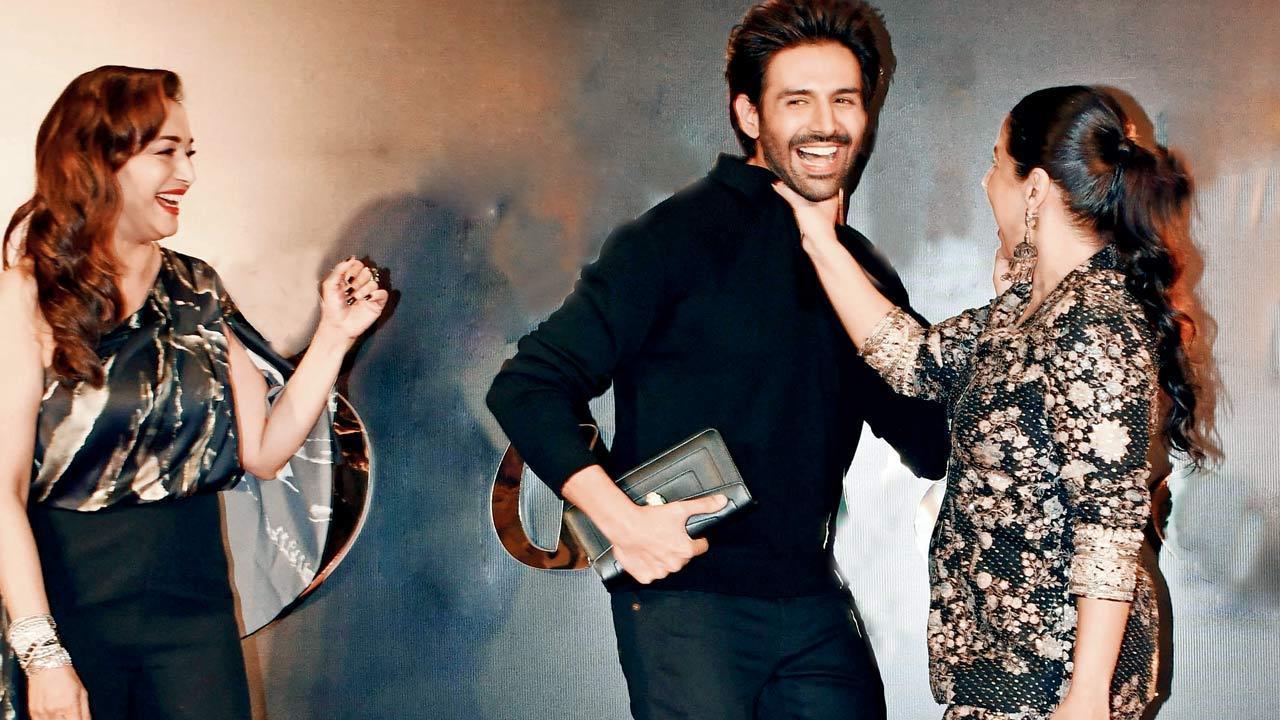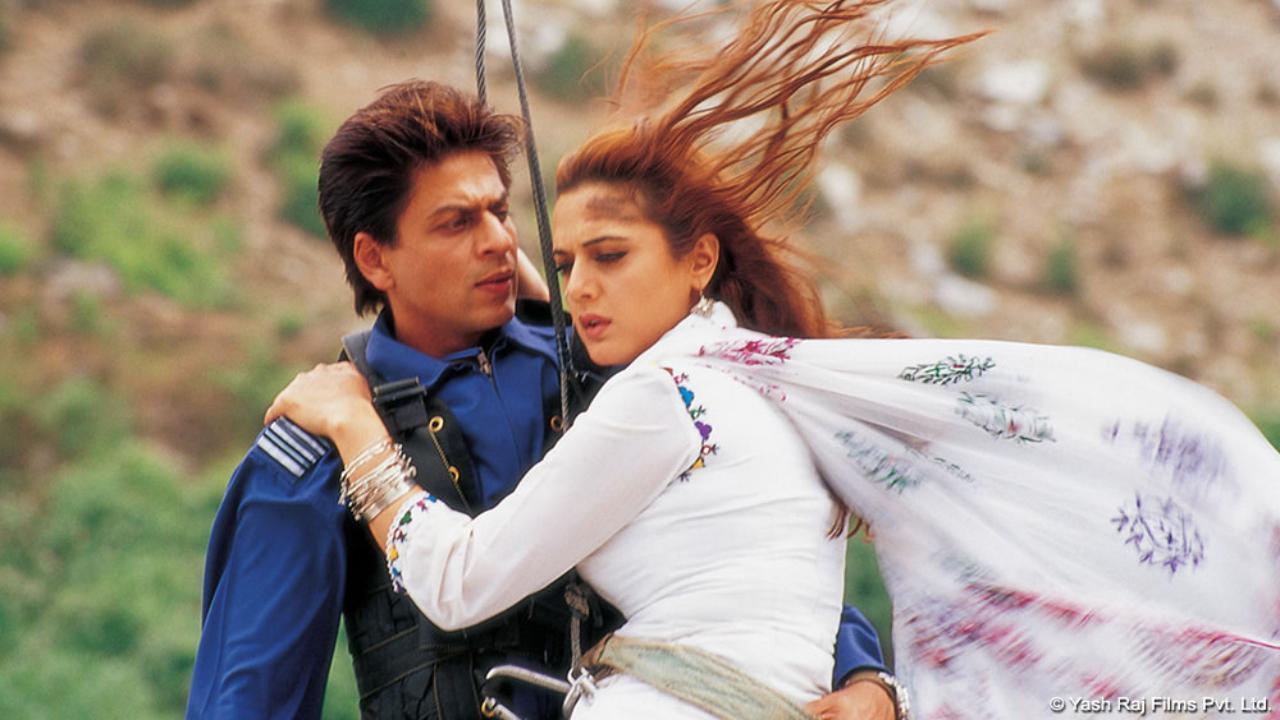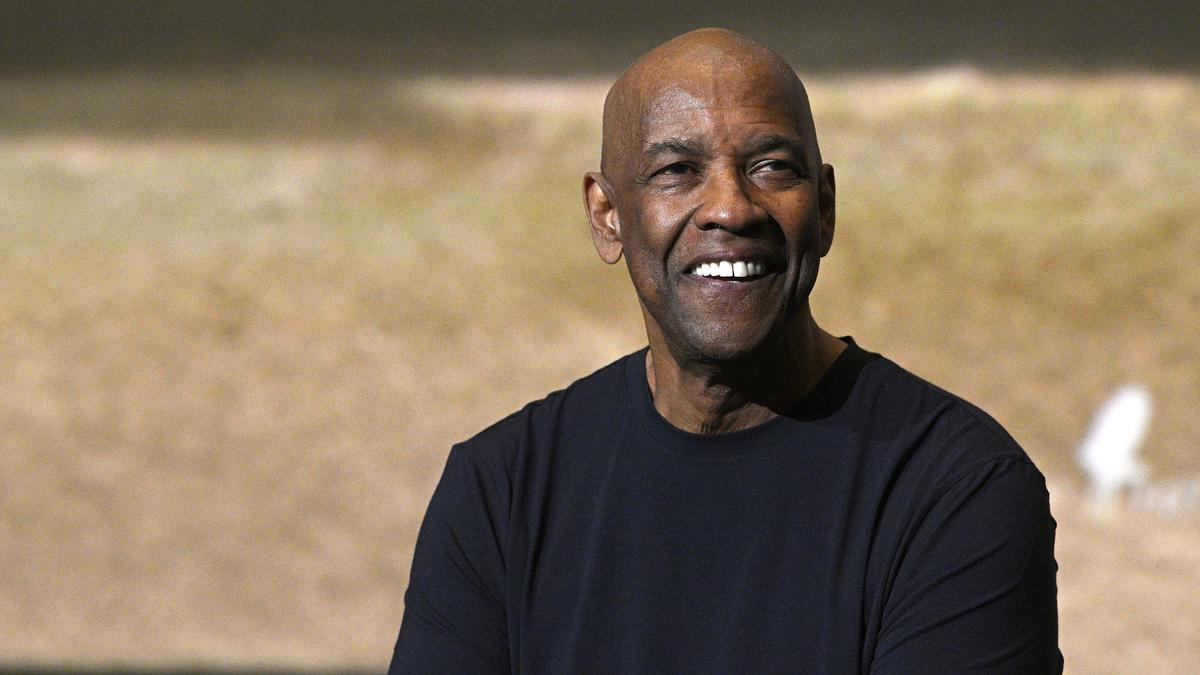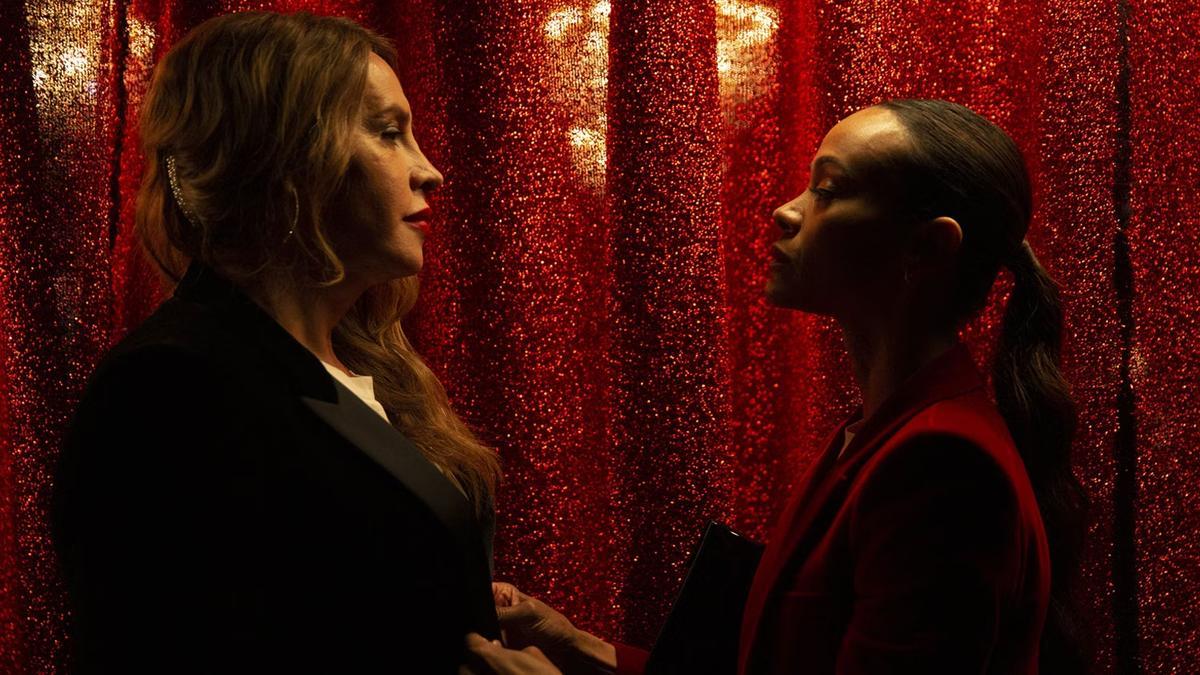
Amidst a world that rushes to return to normal after the devastating global health crisis that was the COVID-19 pandemic, one might find it hard to recall the days of dire uncertainty and struggle. As people’s memories of the pandemic era begin to fade, any film that seeks to encapsulate the impact of such tumultuous times needs to possess a remarkable edge to captivate viewers. Utsav Gonwar’s feature film “Photo” rises to this daunting challenge, serving as a poignant testament to the adversity faced, particularly by those from underprivileged sectors, during the darkest hours of the pandemic.
Set against the backdrop of Raichuru, the movie unfurls with the aspirations of young Durgya (played by Veeresh Gonwar), who is enthralled by the grandeur of Vidhana Soudha, the largest state legislature building in India located in Bengaluru. For many, the edifice stands as a celebrated backdrop for cherished photographs. Durgya, having come across images of the distinguished landmark at his neighbor’s home and within his classroom, yearns to see the majestic structure in person. An opportunity appears when his school announces a 15-day recess due to the emerging pandemic.
In a bid to realize his dream, Durgya persuades his mother (Sandhya Arakere) to let him travel to Bengaluru, where his father (Mahadev Adapa) works as a construction laborer. However, the pair’s plan to visit Vidhana Soudha is abruptly thwarted by the imposition of the Janata Curfew, and then further derailed by the prime minister’s subsequent announcement of a three-week national lockdown.
“Photo” zooms in on a drawing of Vidhana Soudha displayed in Durgya’s classroom, beside which is written “Government’s work is God’s work.” In his directorial debut, Utsav poses the profound question: when the gods of governance, tasked to protect and serve the people, seemingly turn their backs on the vulnerable, what happens? The film stands out as a commendable piece of Kannada cinema for its audacious political commentary. It probes deeply into the crisis management by authorities and portrays the shocking realities endured by impoverished migrants who embarked on treacherous journeys, walking hundreds of kilometers to return to their hometowns.
While the more privileged city dwellers secured themselves indoors, the migrants faced extreme hardship in search of the most basic amenities. Through Durgya and his father’s quest for something as simple as a toilet or a place to rest, the film depicts the grim situation that no human being should ever experience.
The humor within “Photo” emerges from the director’s sarcastic portrayal of the government’s pandemic directives. A sense of disbelief washes over Durgya’s father as he witnesses people clanging utensils and chanting “Go corona, go,” in the streets. When another laborer questions the logic of such practices against the virus, it feels as though the director himself is seeking answers from the powers that be.
Furthermore, the film scrutinizes the role of social media during the pandemic, calling attention to the contrasting imagery of unity and opportunism; with some videos genuine in depicting love and support among communities, while others showed acts of aid by the wealthy as seemingly disingenuous.
The film is marked by stretches of silence, yet it doesn’t fail to engage the audience. Utsav employs powerful visuals to communicate the narrative’s essence. The repetitive portrayal of Durgya and his father’s debilitating journey serves to emphasize the monotonous struggle faced by countless migrants.
What adds to the movie’s resonance is its refusal to overdramatize the plight of the characters. The poignant conclusion to the tender relationship between father and son provides a fitting conclusion to this dark chapter captured on screen.
“Photo” is scheduled for release in theatres on March 15, and is set to leave an indelible mark on both Kannada and Indian cinema at large, reminding us of the trials faced and the resilience shown during one of the most unprecedented times in modern history.










